explore gothenburg as a local
Gothenburg is Sweden's second largest city, which also is the place I call home. I moved to Gothenburg some 15 years ago in the search of hope and dreams with a one way ticket and I have never regretted this decision. And my home town is ultimately very charming, with more than 400 years of history and quite different than the capital city of Stockholm. So let me show you the best that Gothenburg has to offer!
This post contains affiliate links. When you click these links, I may get a small commission that won’t cost you anything, but it does help me run this website.
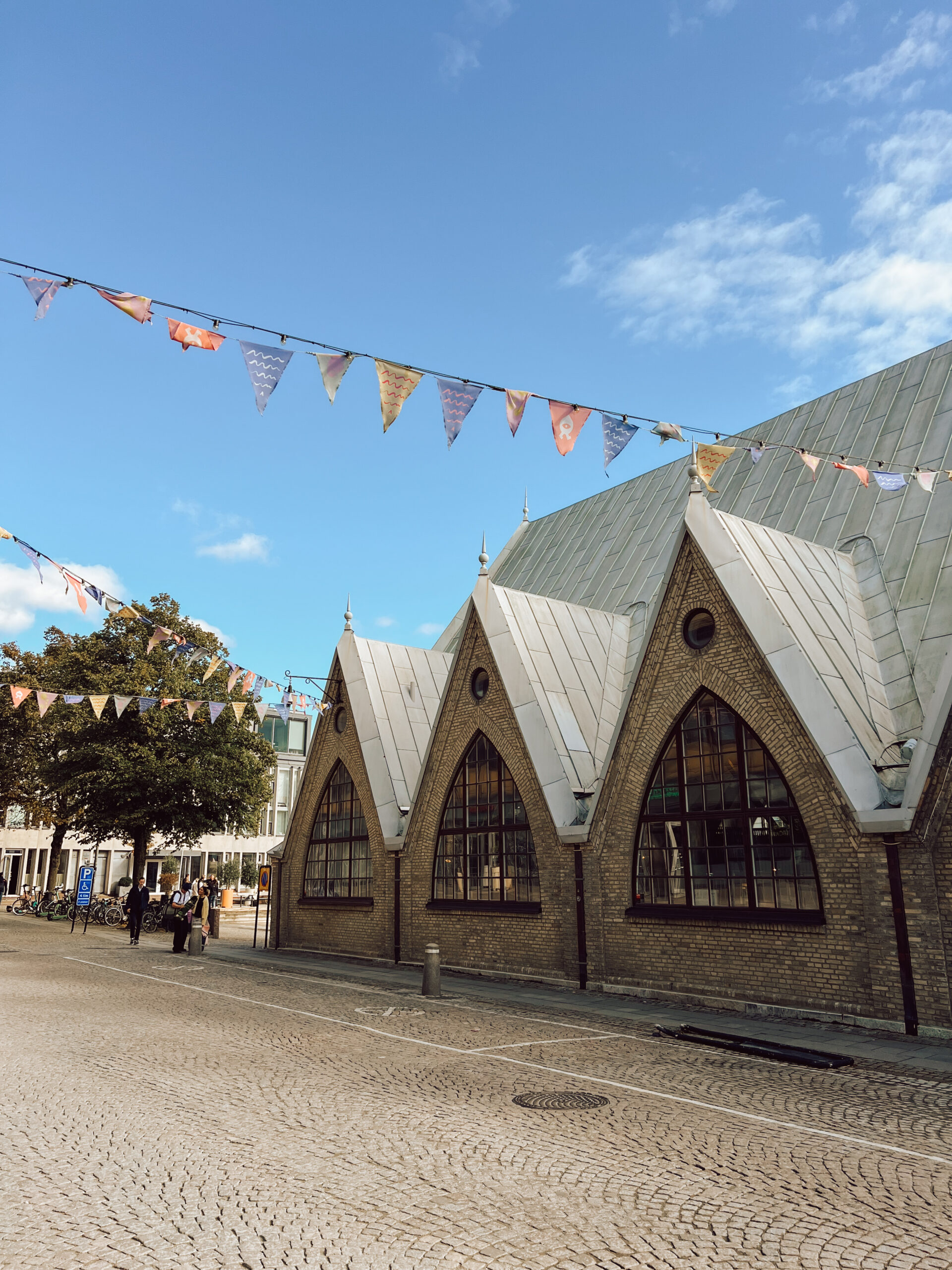
Before you start
FREE Google map with pins of all spots listed in the blog post can be found at the end of this article. You can save it to your Google Maps too!
Do you need a SIM card? Skip the hassle and queues at the airport for getting physical SIM cards and get an eSIM to stay connected.
Fancy any tours? Book a tour with GetYourGuide, Viator, or Klook.
good to know
Entry Requirements - Sweden is part of the European Union and Schengen Agreement, so travelers from EU/Schengen countries do not need a visa for short stays. Travelers coming from outside of Schengen should check the entry requirements based on nationality.
Currency – The official currency is Swedish Krona(SEK). Cards and mobile payments are widely accepted. Many places don't take cash, so it is rarely used. I don't even know how our currency looks like. We have our own online payment system called Swish, but that requires a Swedish phone number and a Bank ID, which you don't have as a tourist.
Language –Swedish is the official language but English is widely spoken.
Safety – Sweden is a safe country, despite what media might tell you. Trust me, I am a local! I highly doubt that you as a tourist will end up in some of the classified as dangerous areas anyway.
Climate - We, Swedes, love talking about the weather! With that said, Gothenburg is also nicknamed as Blötteborg as it rains quite often due to the proximity of the sea. This applies for clouds too. However, the weather changes quickly and it might be very sunny within 5 minutes. When it is sunny, we, Swedes, tend to go outside and enjoy the good weather while it lasts!
Power Outlets - Sweden uses Type C and Type F power outlets, which are common throughout much of Europe. Voltage: 230V Frequency: 50 Hz. You might need an adapter, if you are visiting from outside of Europe.
Tap Water - Our tap water is very safe to drink and also very tasty! You might struggle to find still bottled water as tap water is easily accessible and everyone drinks it. We do have a lot of variants of sparkling water in the stores and they have different flavors. My favorite one is pear!
Alcohol - It is state-controlled and can only be bought at specific stores and specific times. However, alcohol is served in bars and restaurants.
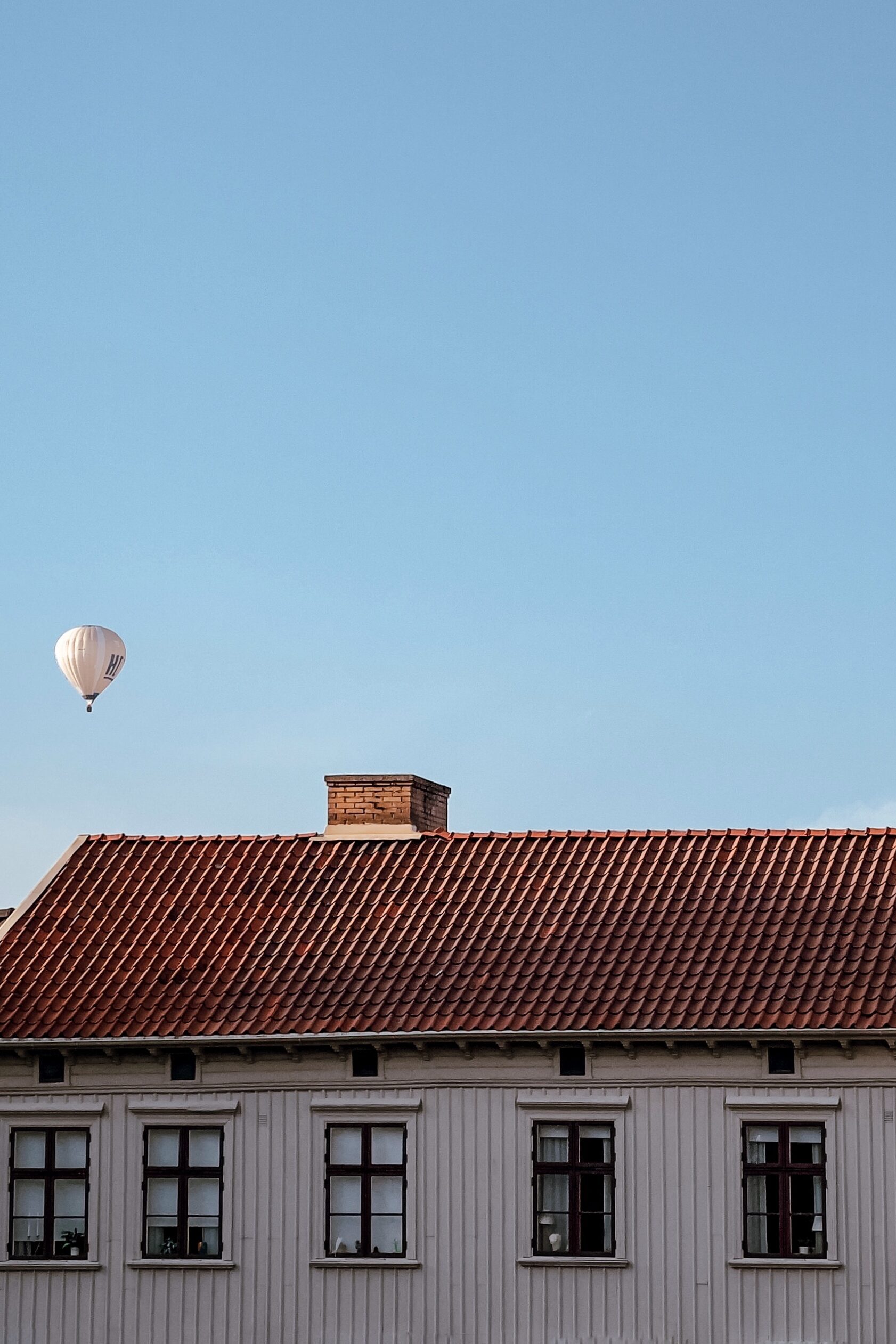
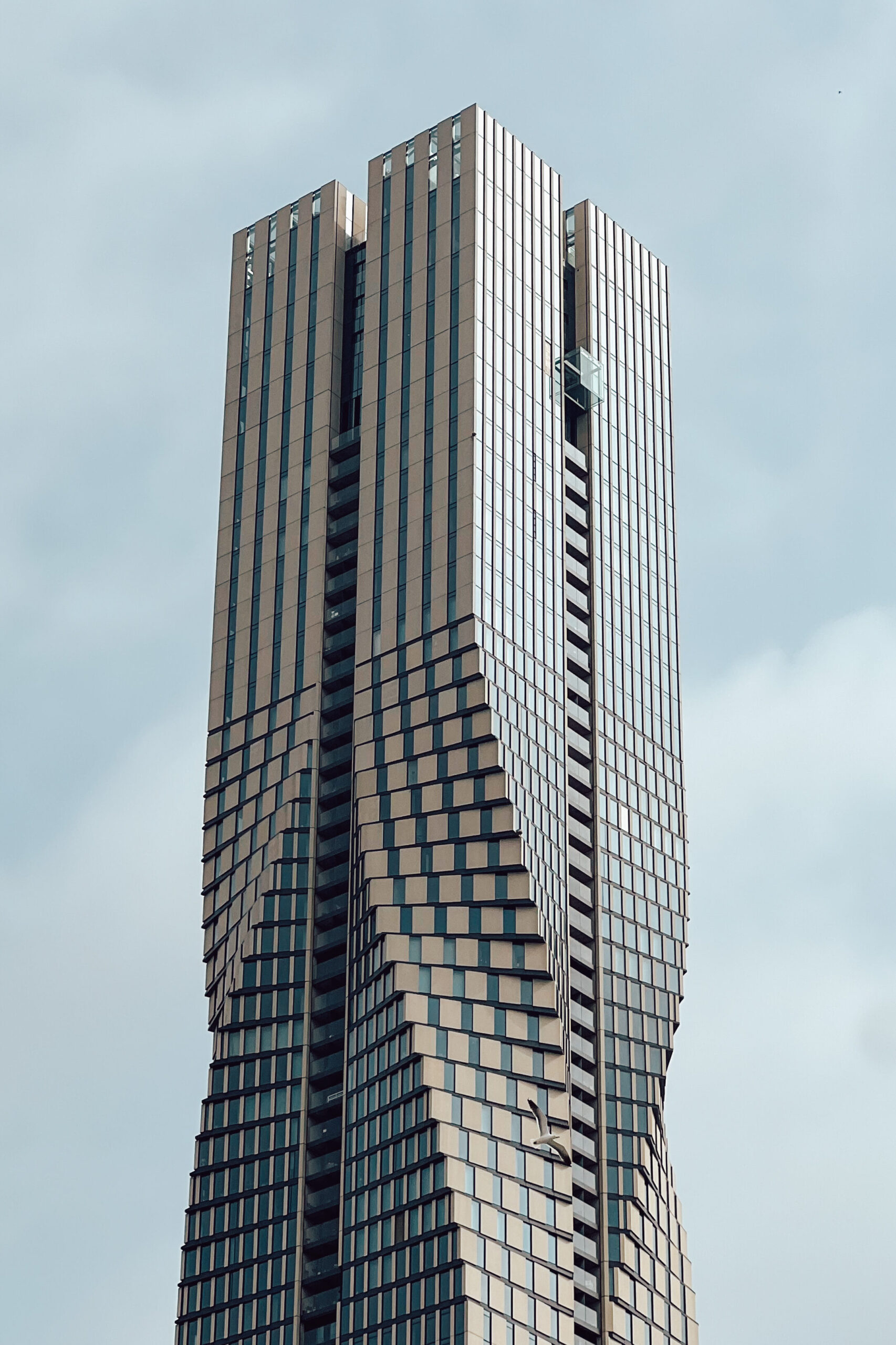
How to get to gothenburg
air
Gothenburg Landvetter Airport (Göteborg Landvetter Airport) is the city’s airport. It is located about 20 km from the city. Many major European airlines operate flights to/from Landvetter airport with many direct flights to European destinations. For intercontinental travel, a connection through a European hub is required. The airport is connected to the city via busses, called Flygbussarna. They are gray busses with a rainbow and you can find them right outside the terminal building. Flixbus also operates a couple of departures/arrivals to the airport, but they are not as often as Flygbussarna.
land
Arriving in Gothenburg by land is convenient and offers several options depending on your starting point. Here’s how you can get there:
By Train
Gothenburg is well connected to other Swedish cities or European countries by train. There is a direct service to the capital Stockholm, departing multiple times a day. Such train services exist to Oslo and Copenhagen too. For timetable and prices, check SJ, VY or Öresundståg. Keep in mind that prices are not fixes and can vary the closer the departure date is.
By Bus
Reaching Gothenburg by bus is a budget-friendly option, and there are several reliable bus services connecting Gothenburg with various cities in Sweden and neighboring countries. Gothenburg's main bus station is called Nils Ericson Terminalen, and is centrally located next to Gothenburg Central Station. The major bus operators are FlixBus and Vy Bus4You. Keep in mind that distances in Sweden are long and thus bus takes often longer time than the train.
By Car
There are multiple European roads passing through Gotheburg, such as E6 and E20, connecting the city with both Norway and Denmark. However, driving here is not for the fainthearted as Gotheburg is considered one of the toughest cities in Sweden to drive in. This is due to constant repair works and expanding of the network. Parking is hard to find and driving in the city center is make challenging as there are many pedestrian-only roads. In addition, there is something called Gothenburg Congestion Tax (trängselskatt i Göteborg) which is a congestion pricing system implemented as a tax levied on most vehicles entering and exiting the central areas. The maximum amount of tax per vehicle per day is 60 SEK.
boat
Yes, you read that right! Gothenburg is a port city, and we have 2 ferry destinations served daily - to Denmark's Fredrikshavn and Germany's Kiel. For timetable and prices, please check Stena Line. In addition, Gothenburg has a cruise terminal located further away from the city center. Some cruise lines provide shuttle buses to the city center. Check with your cruise provider.
best time to visit
Summer is the best time of the year to visit Gothenburg. Everything is lush green, the days are long and sunny. This also opens up more possibilities to visit the Gothenburg archipelago, which is not to miss!
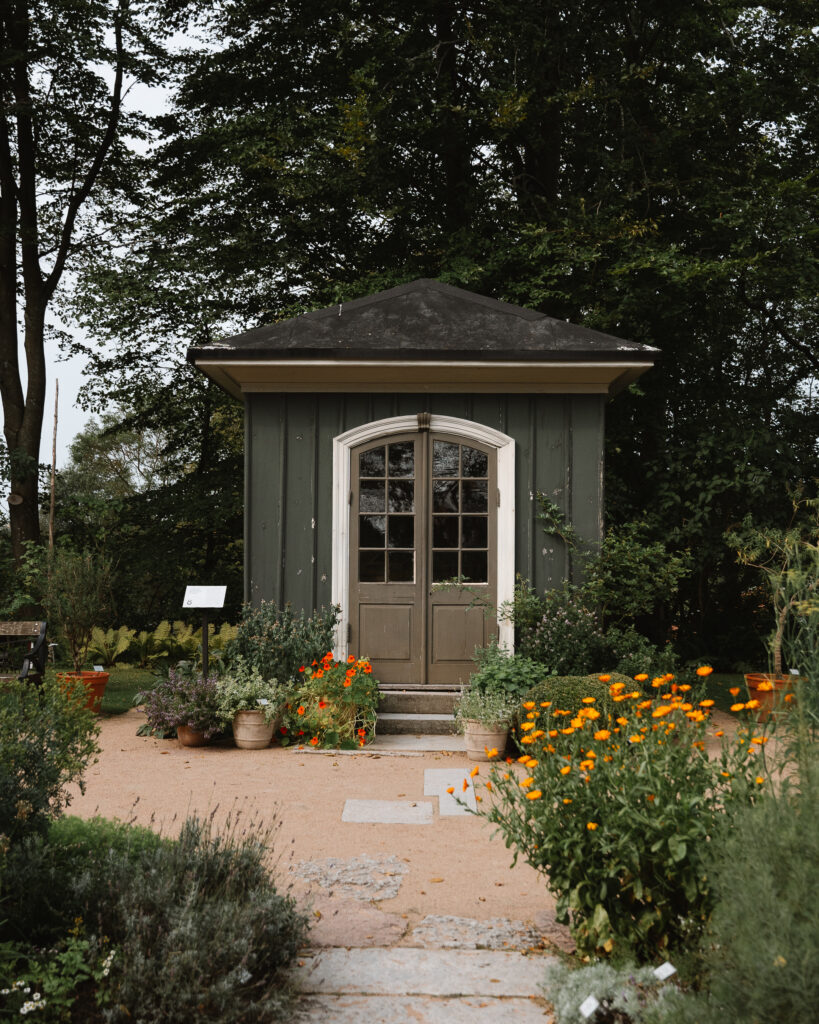
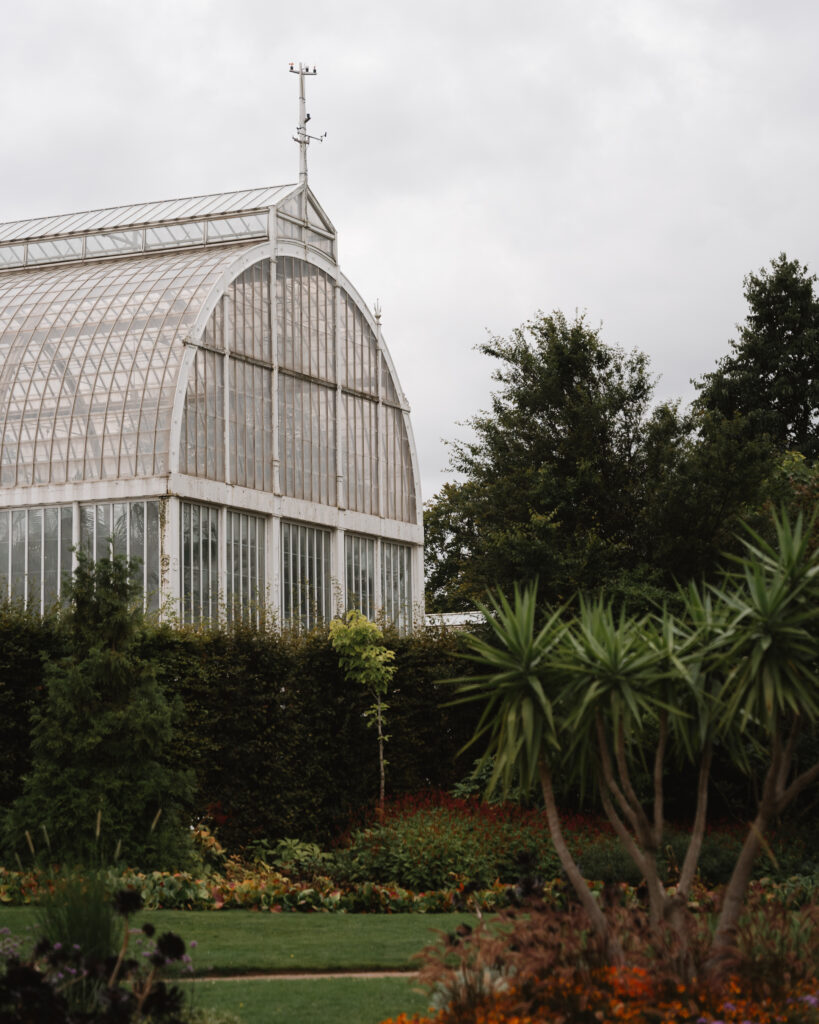
getting around gothenburg
Gothenburg is well-connected and you can easily navigate the city without a car. Here are the best ways to navigate the city:
public transport
The public transport network consists of trams, buses and ferries, operated by Västtrafik. There are 13 tram lines and numerous buses within the city's perimeter. Ferries can be used to cross the Göta river for free(ONLY ferry 286!) or to reach the Gothenburg Archipelago. Tickets can be purchased from the Västtrafik ToGo app or from machines onboard(trams only, cannot buy on the bus as there is no machine!) or convenience stores like 7-Eleven or Pressbyrån. I recommend you use the app as it is the easiest and most cost-effective option.
Biking
Gothenburg has an extensive network of bike lanes. You can rent a bicycle from Styr&Ställ, by using their app. The price is 20SEK per ride, but I find their monthly subscription of 90SEK to be very cost-effective, as you are already benefitting if you ride a bike 5 times.
walking
The main areas of interest are quite compactly located close to each other and the city center is very pedestrian-friendly. I find myself walking most of the time as it is so convenient.
electric scooters
Companies like Voi, Tier, and Bolt operate electric scooter rentals. Download the respective app, find a scooter, and scan to unlock.
Where to stay
Sweden is not the most affordable country but you can find a wide range of accommodations in Gothenburg.. Here is a general overview of hotel prices and hotel recommendations:
Luxury hotels – Usually are centrally located, 4*+ hotels that include breakfast. They can range from 2000 SEK/night and above.
| Jacy'z Hotel & Resort | Book a stay here |
| Gothia Towers & Upper House | Book a stay here |
Mid-range hotels – I'd say that's the majority of the hotels in the city. Prices range between 1200 to 1700 SEK.
| Clarion Hotel Post | Book a stay here |
| Radisson Blu Riverside Hotel | Book a stay here |
Budget friendly – You can find very good hotels that are less than 1000 SEK/night. Here is an example of two that I have tried. There are also multiple hostels you can check out. The hostel below was my first home in Sweden for two weeks. 🙂
| Spar Hotel Gårda | Book a stay here |
| Hotel Vanilla | Book a stay here |
| STF Hostel Stigbergsliden | Book a stay here |
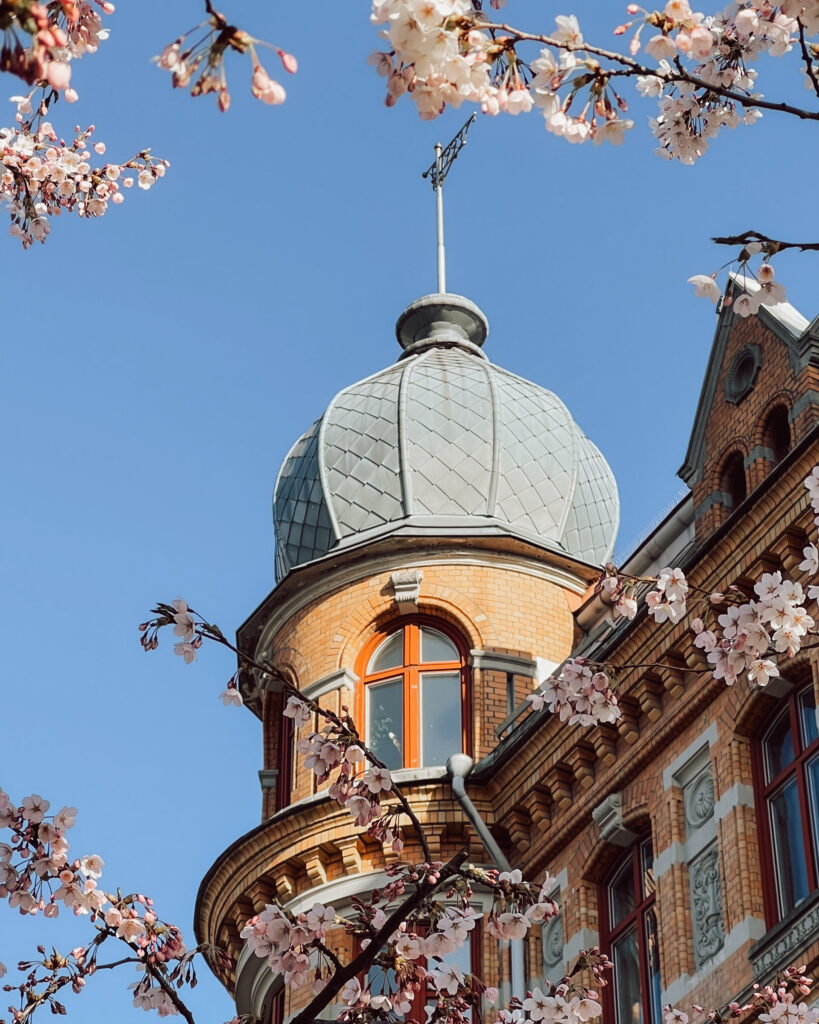
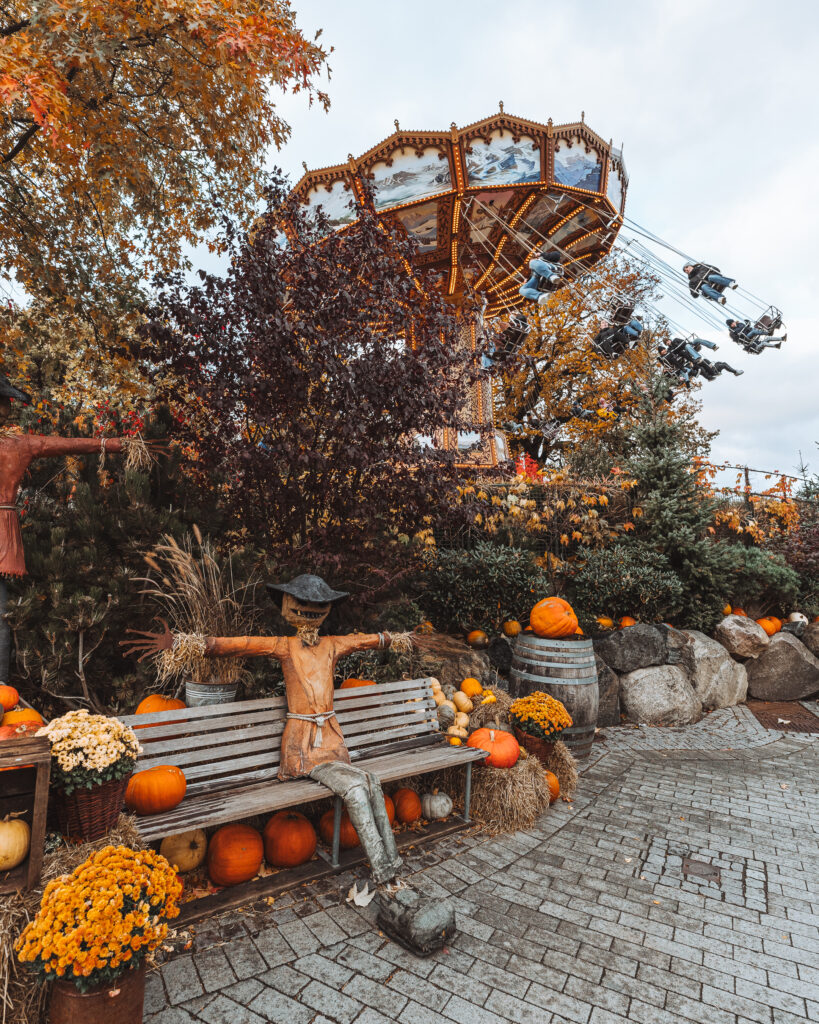
must visit places
To get a good feeling for the city, I have included not just must see iconic spots but some off the beaten path favorites too. Make sure to check the map below for the proper location!
Haga
One of the oldest neighborhoods, home to plenty of shops and cafes and the giant cinnamon but at Café Husaren. The main street is called Haga Nygata and I particularly enjoy it on an early summer morning. A cute home goods store where you can also find unique souvenirs is Rum för inspiration.
Liseberg
One of the largest amusement parks in Scandinavia, Liseberg is fun to visit even if you don't enjoy rollercoaster rides. Liseberg has 3 thematic seasons - summer, Halloween and winter. It is more than just an amusement park - there are many restaurants(Tyrolen and Järnvägs restaurangen are a must), events and performances, spin the wheel lucky draws, it is so fun to walk around. During Halloween and Christmas, the park's appearance changes accordingly and there is a Christmas market too, and a skating rink!
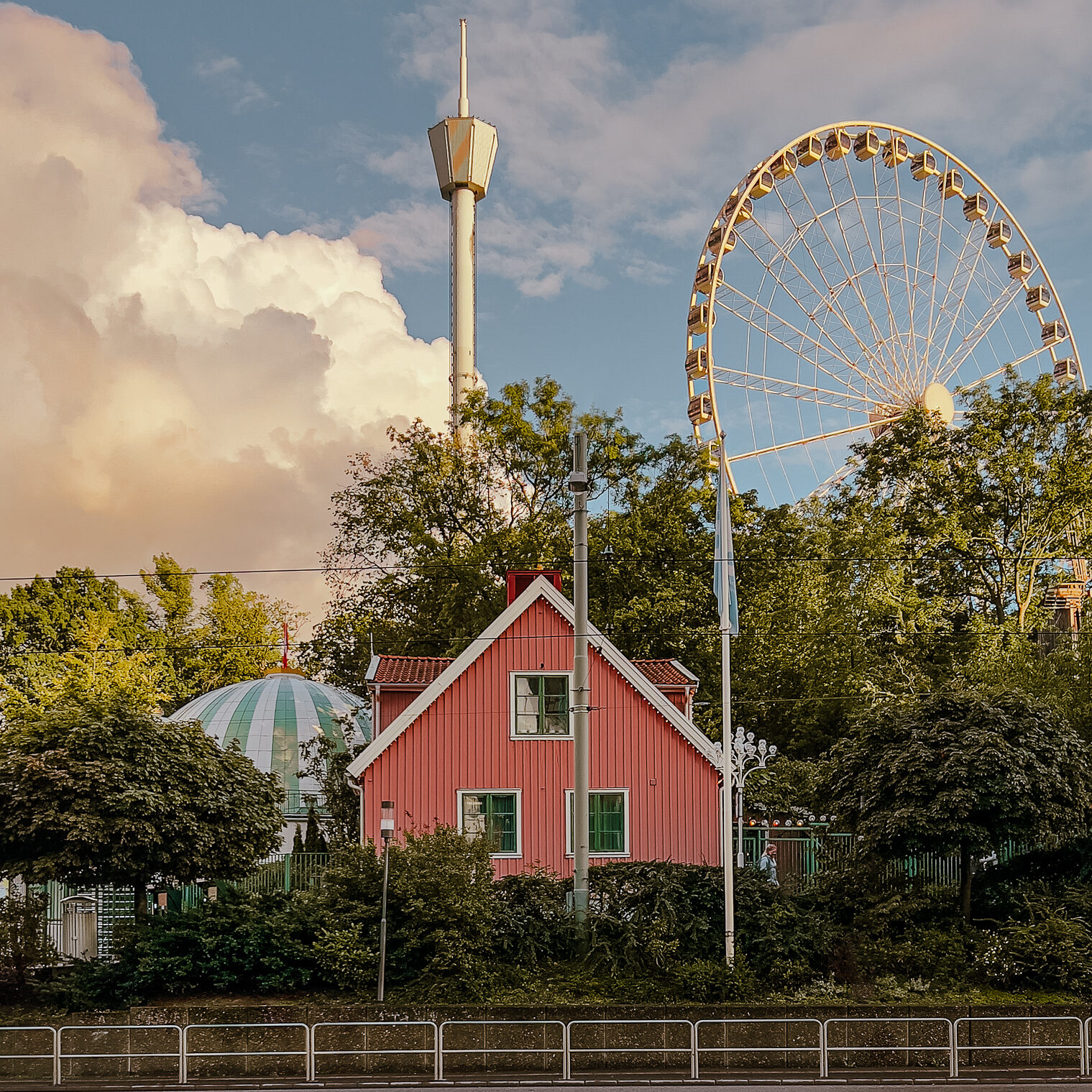
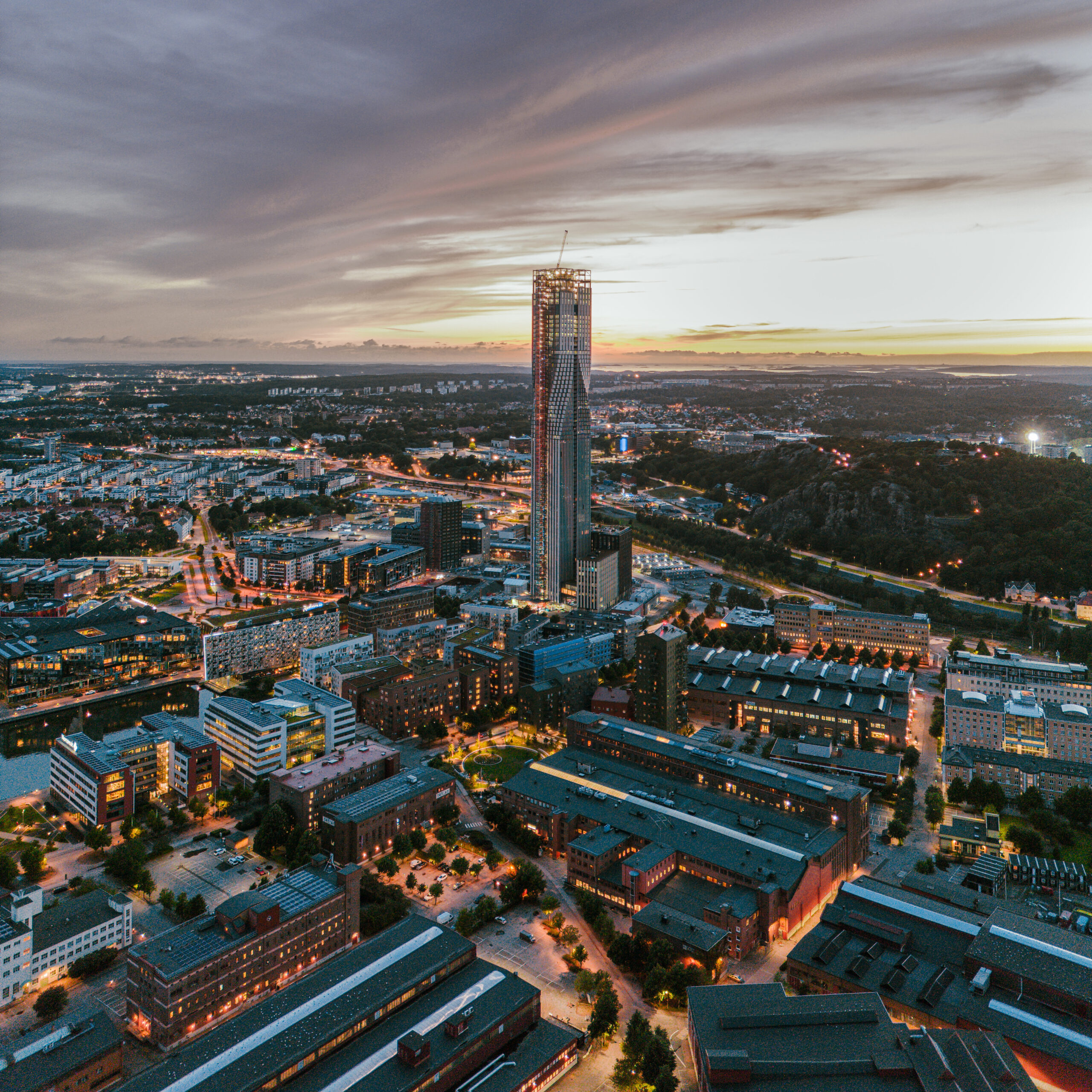
Photo courtesy of Pavel Lakov @pavel.sight
Trädgårdsföreningen/ The Garden Society
The Gothenburg Garden Society was founded in 1842 and is one of Europe's best-preserved 19th-century parks. During the summer, the Rosarium is filled with thousands of colorful, fragrant roses. In the Palm House built in 1878 you will find palm trees and other tropical plants. But the Palm House is so gorgeous, it deserves its own description.
Palmhuset
The Palmhouse is not a typical greenhouse. The glass and cast iron of the Palmhouse constitute a glittering work of art in the middle of the park. No wonder as it is inspired by the famous Crystal Palace in London. The Palmhouse constitutes of five sections - Camelia house, Mediterranean house, Tropical house, Water House and the central Palmhouse. it is free to visit but it has much shorter opening hours than the Garden Society. Opening hours: September 1 – May 31 (Monday–Sunday): 10am–4pm, June 1 – August 31 (Monday–Sunday): 10am–7pm. Make sure to doublecheck the hours before you go.
Saluhallen/The Market Hall
The Market hall offers a vibrant mix of fresh produce, gourmet foods, and international delicacies. All corners of the world are represented among the forty shops and restaurants found here. You can buy various produce, spices, coffee, cheese, just enjoy the atmosphere or eat in one of the restaurants. Popular spots in Stora Saluhallen are, for example, Hasselsson’s Macklucka, Kåges Hörna and Bahn Mi Shop. Note that it is closed on Sundays.
Feskekôrka
A historic seafood market resembling a Gothic church, Feskekôrka is the place to try the freshest seafood in town. The Fish Church recently reopened after long renovations and is no longer a market, but rather a hall with many fish restaurants.
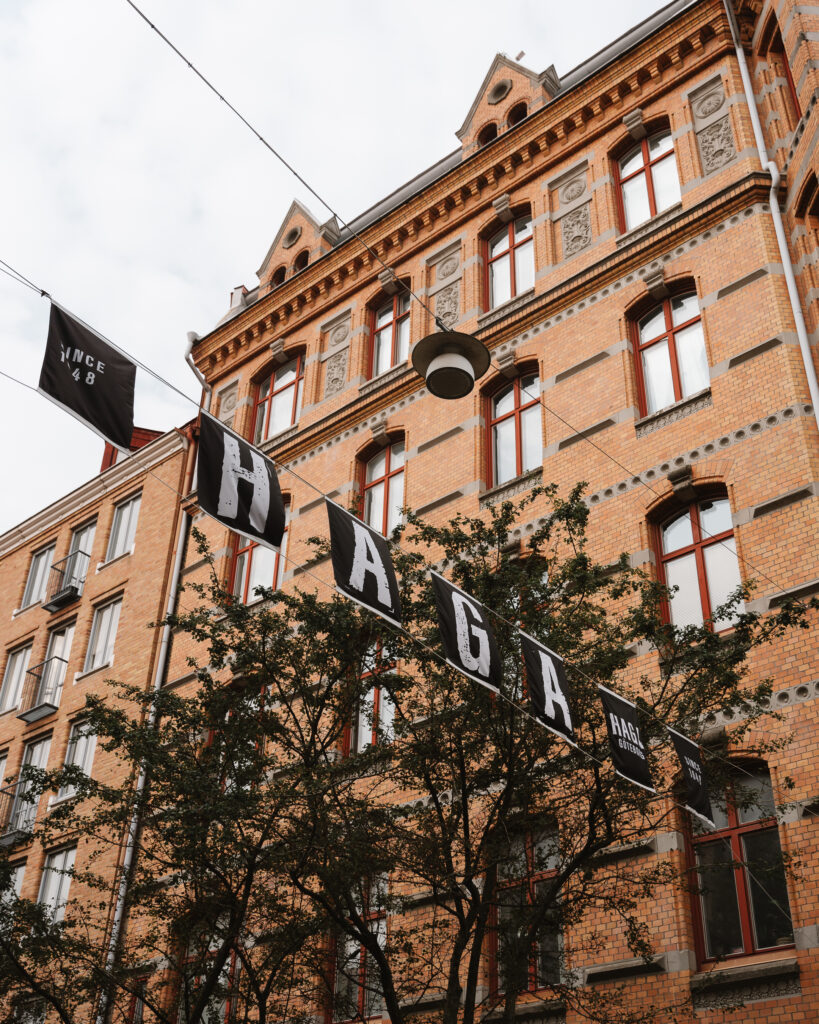
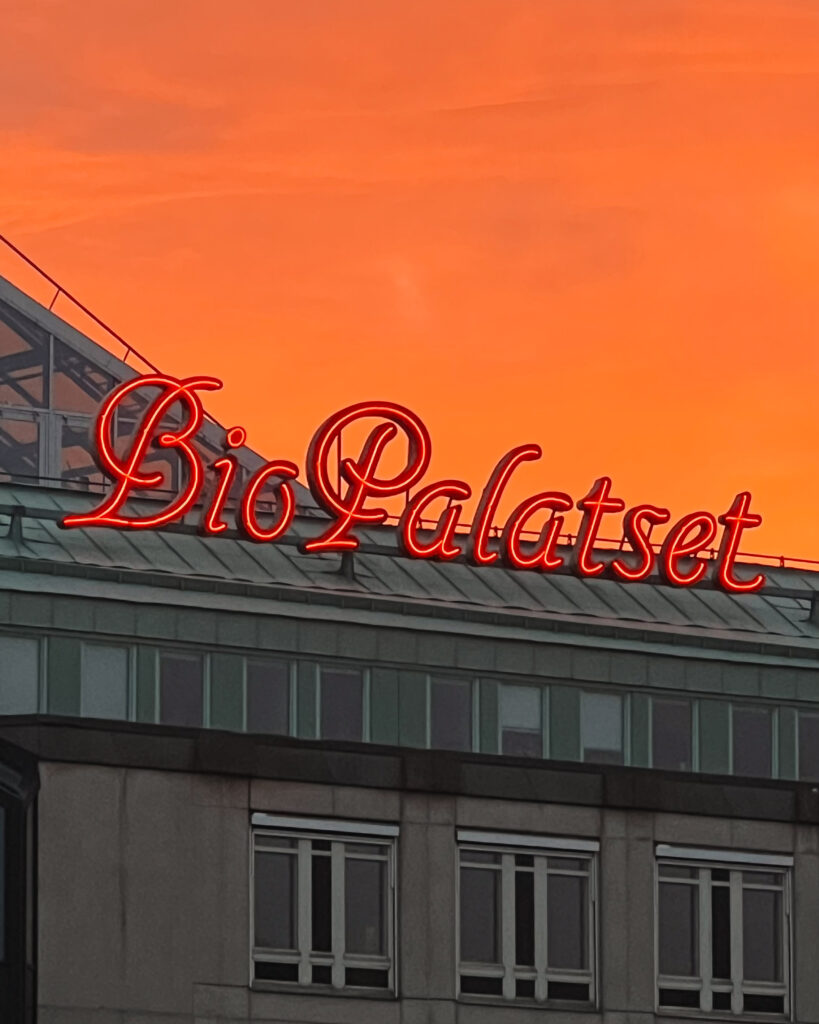
Slottskogen
One of the largest parks in the city center, perfect for picnic, strolls, or bike rides. In addition, here you can see moose, seals and penguins. Start from the seal pond and climb the path leading on top of the hill to spot the moose. Every day you can come along and watch the zookeepers feed the park’s seals and penguins, commencing at 2 pm for the seals and 2:20 pm for the penguins. During the weekend at 2:50pm, there is info about the moose too.
Botaniska Trädgården/Botanical Garden
One of the largest botanical gardens in Europe, the Botanical Garden of Gothenburg( or Botaniska) is home to over 16000 species. The garden is divided into different sections such as the Rock Garden, Rhododendron valley, Japanese and Korean valley. During spring, you can witness the cherry blossoms bloom or join us all for the Hanami festival. The garden is free to visit, but a donation is recommended.
Kronhusbodarna
Here you will experience Gothenburg dating from the 1700s. It was built in the mid-17th century as a storehouse for military uniforms and other military equipment. Now it is a living craft center in a historic setting. There is an amazing chocolate shop at the premises and a lovely garden.
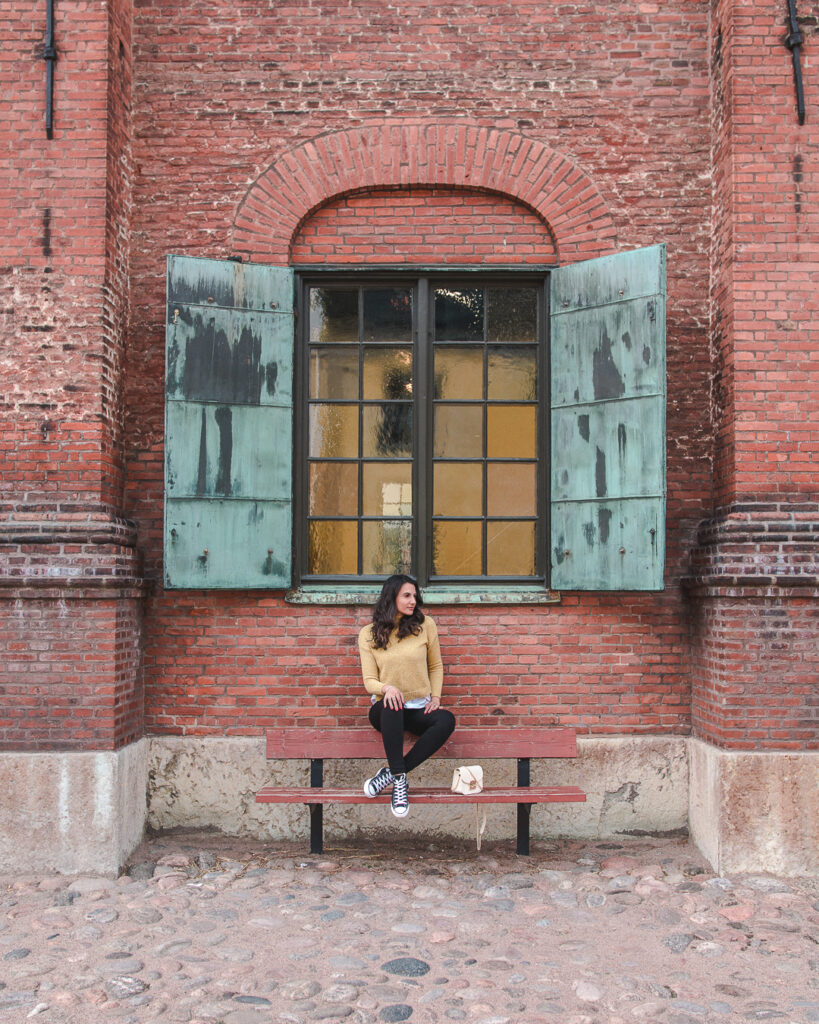
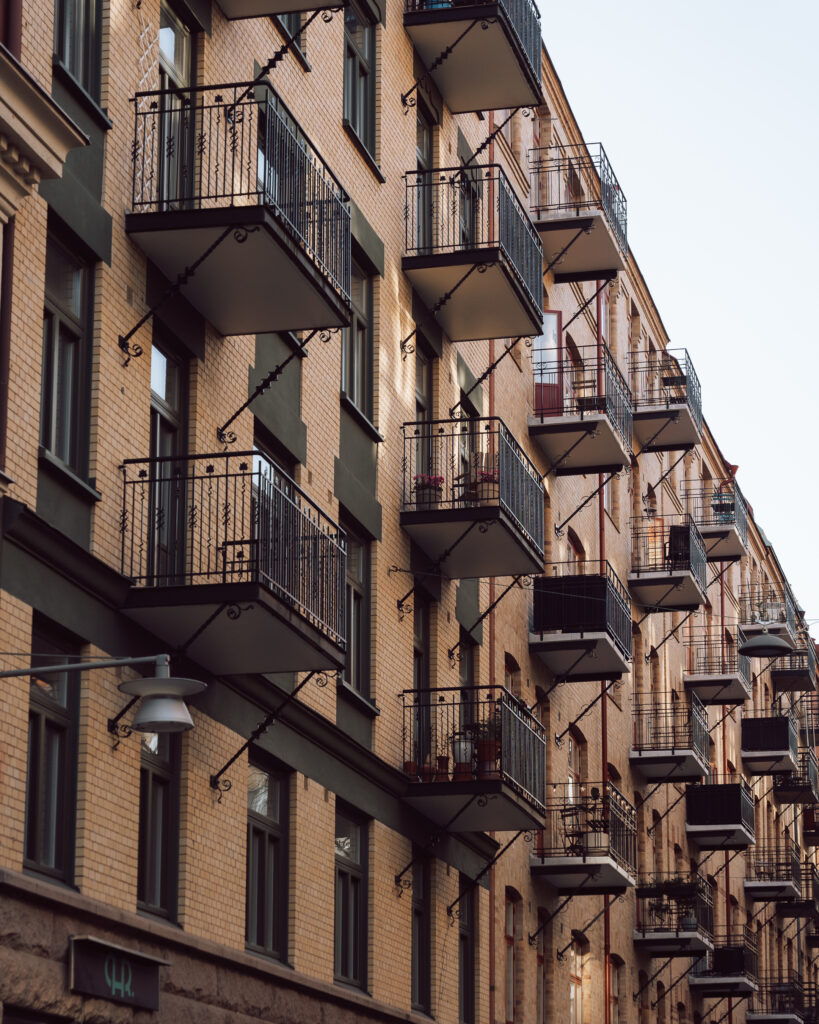
Oscar Fredriks Kyrka/Oscar Fredrik's Church
Most guides recommend a visit to another church in the area, the Masthugget church, however, I find Oscar Fredrik's church simply epic. It is a neo-gothic church with beautiful towers, standing on top of the hill and overlooking the river.
Linné
Linnéstaden, commonly known as Linné, is a laid-back neighborhood which is the local's favorite. By day it's the perfect place for enjoying a cup of coffee and by night a bustling borough with eateries and bars.
The main tree-lined streetis called Linnégatan and is stretching from the Järntorget all the way to Slottsskogen, but the side streets are just as charming. In summer the al fresco patios are located side-by-side with independent shops in fashion, health, beauty and interior design. You can find some of my favorite places to visit in the map at the end of this article.
Avenyn
Avenyn or the full name Kungsportsavenyn is the main boulevard, full of shops, bars and restaurants. It ends at Götaplatsen and for a great view of the street and the city, climb the stairs of the Art museum. As a local however, I prefer Linné over Avenyn, it has more charm and character.
Skansen Kronan
Skansen Kronan is a fortress situated on the hill Risåsberget in the Haga district. It offers 360° views of the city.
Victoriapassagen
Probably my favorite spot in Gothenburg, this little alley tucked between two central streets can be hard to find without looking at a map. That's from experience 🙂 Oh, the charm of the brick buildings, the outdoor Da Matteo tables opposite of the paper store. See you there!
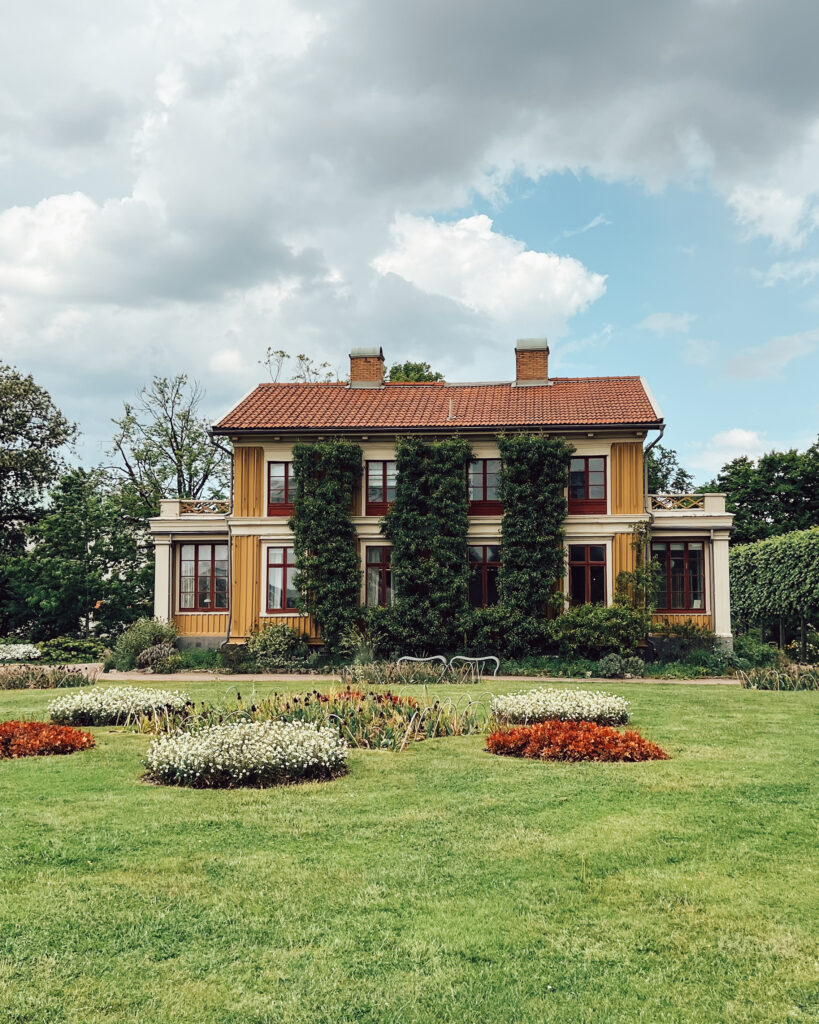
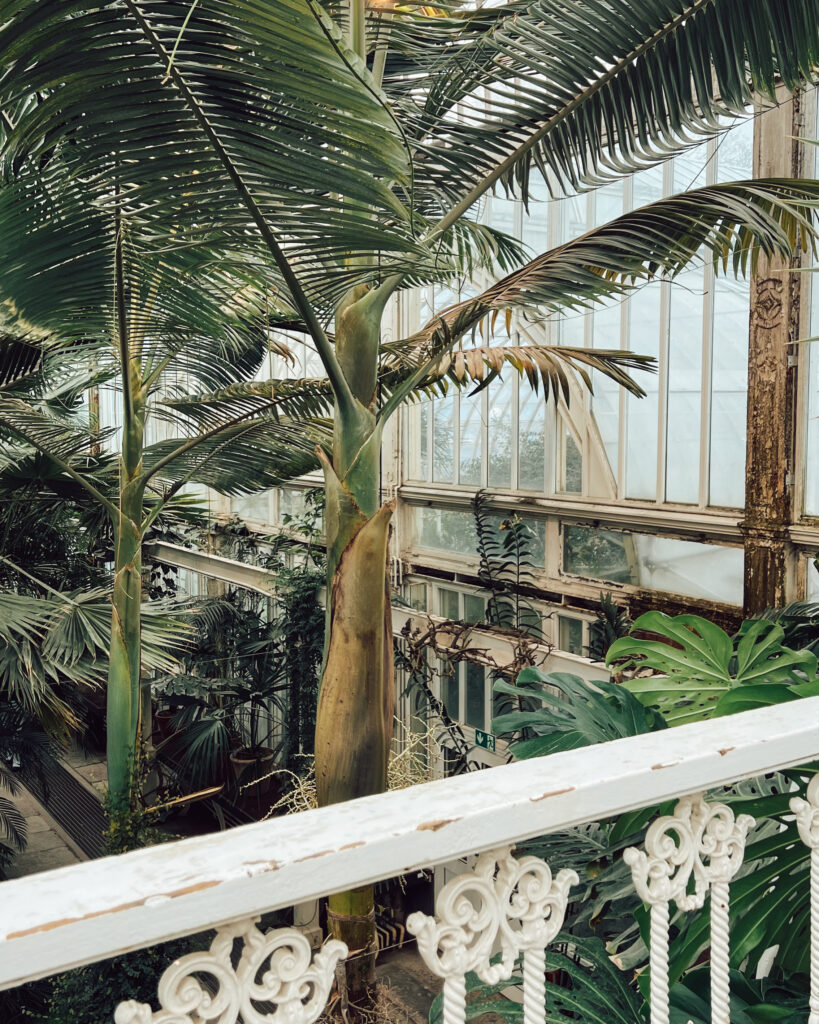
Klippan
The Klippan area in the western part of Gothenburg is the perfect place for a stroll on the river banks. It still holds the old industrial charm and there are multiple restaurants to enjoy the view.
Eriksberg
On the opposite side of the river and Klippan, you will find Eriksberg. A trendy neighbourhood with many shops and cafes. You can take a boat from Klippan or from Stenpiren. From Stenpiren, there is a free boat to Lindholmen, line 286. You can walk along the water all the way from Lindholmen Science Park to the iconic red harbor crane in Eriksberg.
Gothenburg Archipelago
The pearls of the city, the islands are a different vibe. A visit to the archipelago is a must, and with more than 20 islands all with their own unique charm, there’s something for everyone. The Southern islands are more easily accessible and perfect for a day trip. Some are car-free which also gives a way more relaxing feeling. If you are short on time, try to visit Styrsö and Donsö.
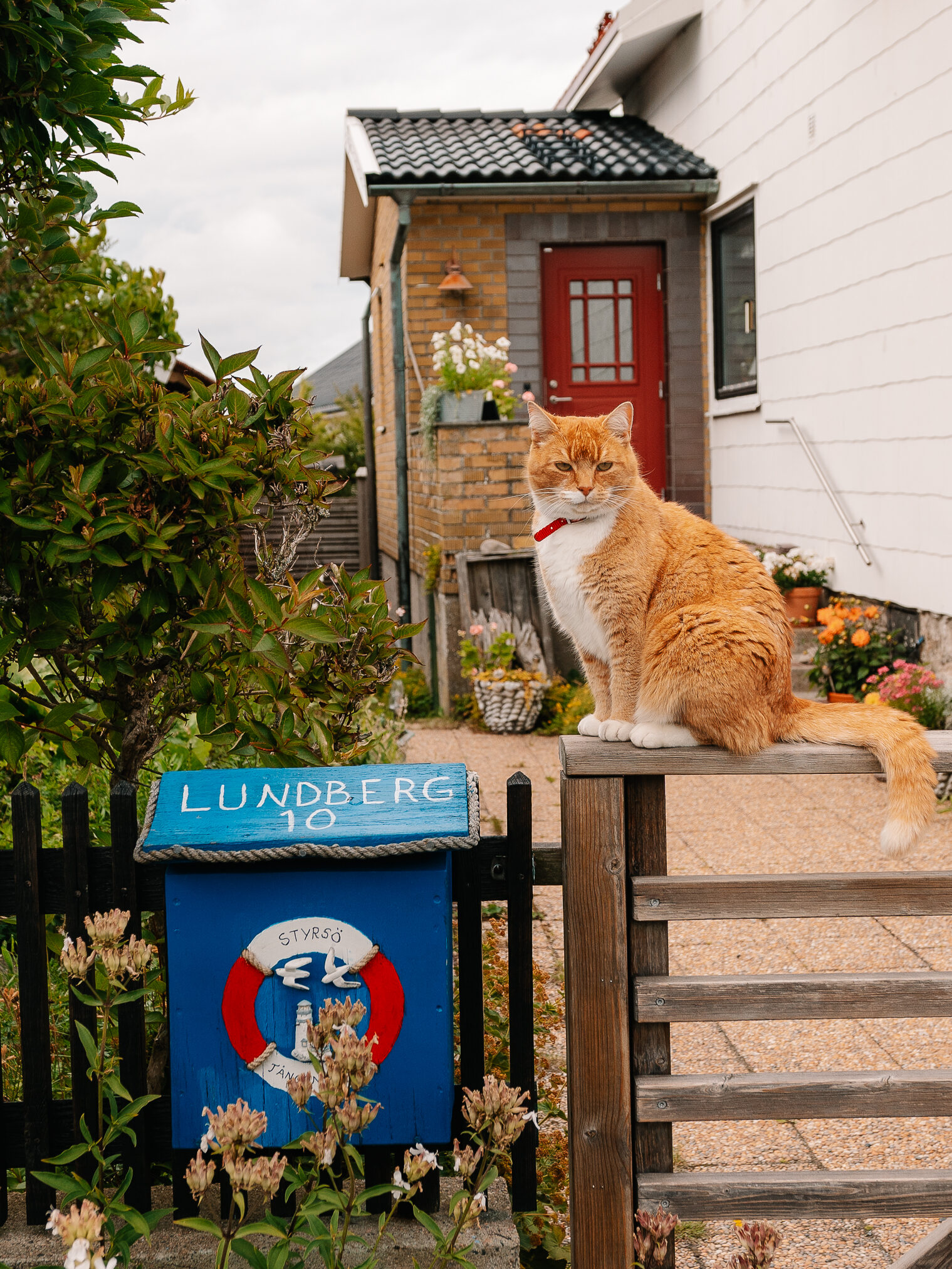
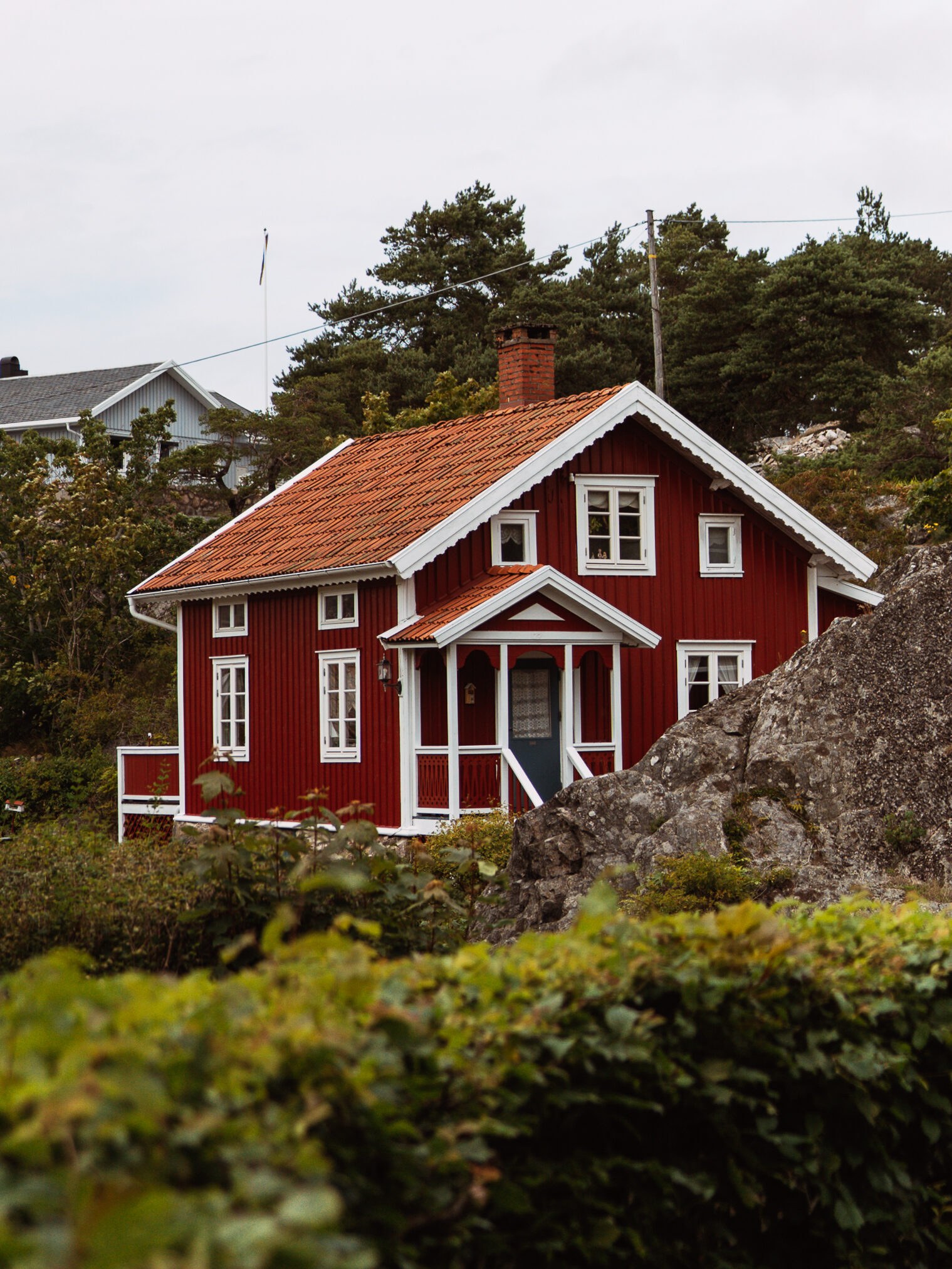
MUSEUMS
Planning a cultural trip to Gothenburg? Here’s a complete guide to the best museums in Gothenburg that you shouldn't miss:
🎨 Gothenburg Museum of Art (Göteborgs Konstmuseum)
One of Northern Europe's top art museums, this gallery features Nordic masterpieces, international modernism, and contemporary works from artists like Munch and Picasso. On the museum premises, you will also find Hasselblad center that showcases world-class photography exhibitions, including works by international and Swedish photographers. It is included in the ticket price for the Art museum.
⚓ Maritime Museum and Aquarium (Sjöfartsmuseet Akvariet)
Explore Gothenburg's deep maritime history and enjoy a modern aquarium with ship models, sea creatures, and nautical technology.
🏙️ Museum of Gothenburg (Göteborgs Stadsmuseum)
Trace 400 years of local history from Viking settlements to industrial expansion at this city-focused museum in a historic 18th-century building.
🪑 Röhsska Museum of Design and Craft
This stylish museum celebrates Swedish and global design with exhibitions on fashion, furniture, and decorative arts from across centuries.
🌍 Museum of World Culture (Världskulturmuseet)
A bold and interactive museum tackling global themes like migration, identity, and diversity through rotating international exhibitions.
🧪 Universeum Science Center
A science and discovery center featuring an indoor rainforest, aquarium, and hands-on exhibits. Here you can see sloths, monkeys, sharks, a chemistry lab. There is also a dedicated space exhibition. Always fun to visit on a rainy day!
🐋 Gothenburg Museum of Natural History (Göteborgs Naturhistoriska Museum)
Home to Sweden’s only mounted blue whale, this historic museum features captivating exhibits on animals, fossils, and evolution — perfect for curious minds of all ages.
🚋 Gothenburg Tramway Museum (Spårvagnsmuseet)
A nostalgic gem showcasing Gothenburg’s public transport history through vintage trams, uniforms, and historical transit stories.
✈️ Aeroseum – Gothenburg Aviation Museum
Housed in a Cold War bunker, this aviation museum lets you explore real fighter jets, helicopters, and flight simulators underground.
🎟️ Bonus Tip: Save Money with the Gothenburg Museum Card
The museum card costs 140kr and includes the Museum of Gothenburg, Gothenburg Museum of Art, Röhsska Museet and Maritime Museum and Aquarium.
Want to explore even more museums? Consider getting the Go City pass.
Must try foods
Due to its location on the West Coast, Gothenburg is famous for its seafood. However, there is much more. Some of the must-try dishes are:
Shrimp sandwich(räkmacka) - An open-faced sandwich piled high with fresh cold-water shrimp, egg, mayonnaise, and dill, often served on rye bread. Yum!
Pickled herring(inlagd sill) - Pickled herring is often served with boiled potatoes, sour cream, and chives.
Swedish meatballs(köttbullar) - The real deal. You can't come to Sweden without trying the meatballs.
Local beer(öl) - I dare to say that Gothenburg is Sweden's beer capital, as we have more than 30 local craft breweries.
Cinnamon and cardamom buns(kanelbullar/kardemumma bullar) - pick any bakery! I feel that many of the cafes serving them could be hit or miss. That is because especially cinnamon buns are widely available and not necessarily made on the spot. In many guides, you will find people recommending the giant cinnamon bun from Cafe Husaren, but for me that's a bit of a tourist trap. The Da Matteo buns are much better, albeit regular size.
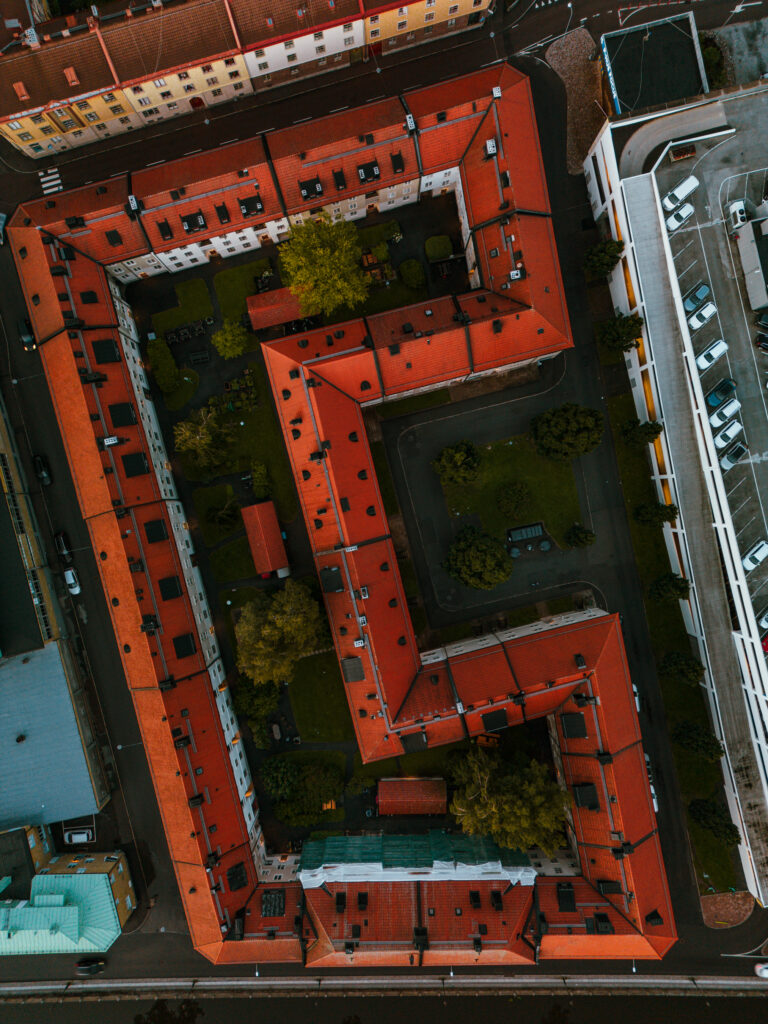
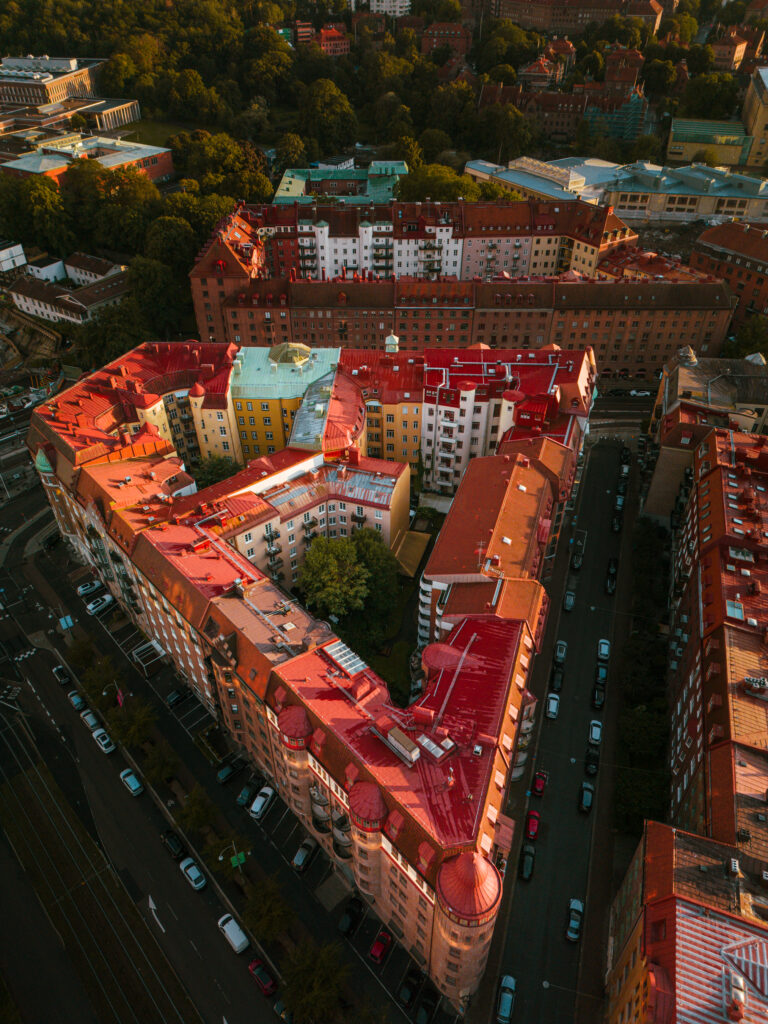
Photo courtesy of Pavel Lakov @pavel.sight
Cafes & Restaurants
It's always fika o'clock if you ask a Swede. Here are some must-try places:
Da Matteo – Centrally located with multiple coffee shops around the city center. Their coffee has won multiple competitions and their buns are extremely tasty.
Morgon Coffee Roasters - Some might say that this is the place that serves the best coffee in the city. The location is on the other side of the river and it is only open during weekdays. Plan accordingly.
Brogyllen Hamngatan - Lovely location and amazing breakfast options. Come earlier to secure a spot. Their princess cake is also to die for!
Kafé Marmelad -Very cozy place for breakfast in the trendy Majorna neighborhood. Love their outside sitting area during a warm summer day.
Bullen & Brödet - Magical hands make out of this world cinnamon buns here!!! A must!
Ölstugan - Come here for the meatballs(and the beer). There are also multiple locations around the city, so pick the nearest to you.
Carbon - Fine dining that doesn't break the bank and the food is absolutely delicious!
The Barn - Probably the best burgers in town.
Natur - Innovative organic dishes & a robust menu of natural wines are offered at this casual, cozy eatery. Get the tasting menu.
Gurras - Food inspired from all over the world in an incredible vibe.
Fiskbar 17 - Fresh fish and seafood can be found there, in a street food setting. And if you wish to try a shrimp sandwich, then this is the place for you!
In the map below, you will find even more of my favorite fika places and restaurants!
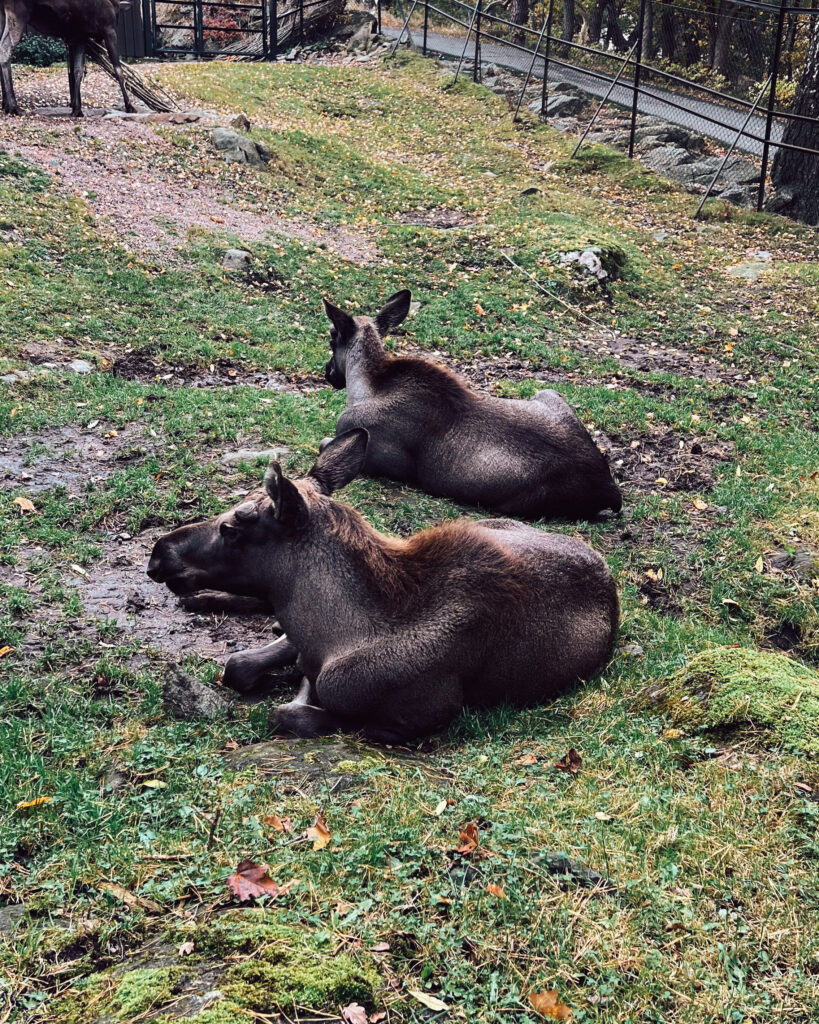
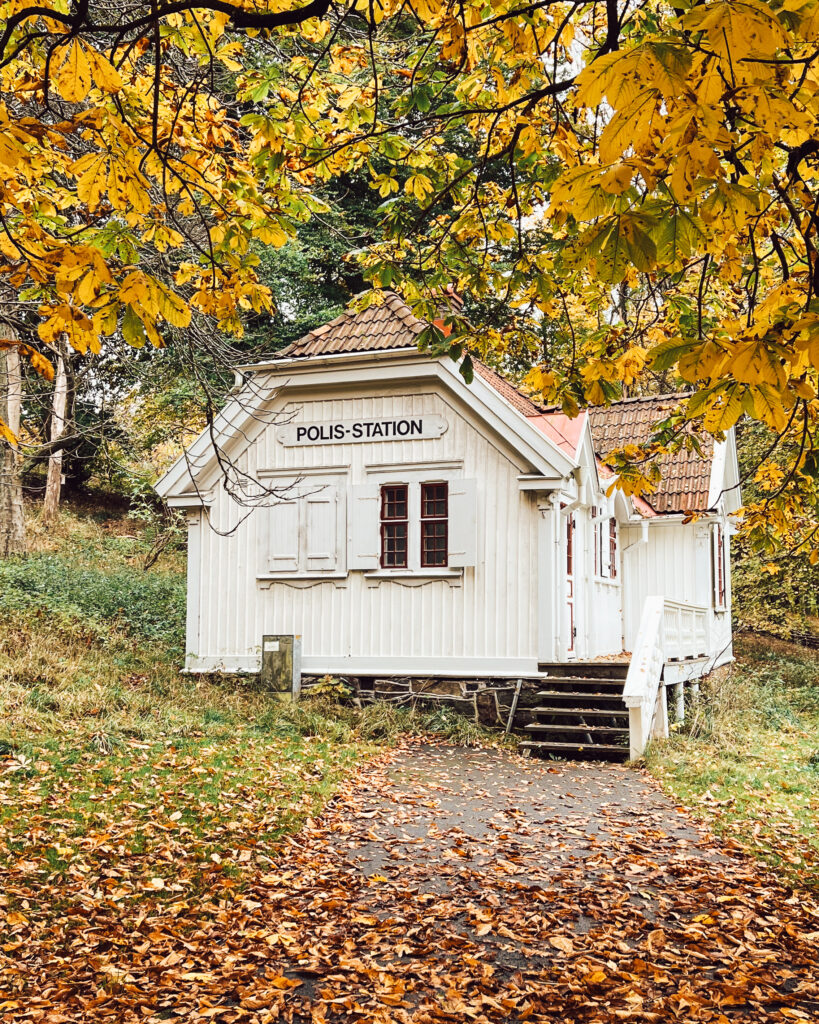
the perfect itinerary
Wondering how to combine all this info into one? I got you covered with this sample itinerary divided by days!
day 1
Start your day in Haga, hike up to Skansen Kronan, visit Oscar Fredrik’s Church, continue on Linnégatan towards Slottskogen and see the moose there. Then continue to the Botanical Garden. For dinner, enjoy a place around Linnéstaden.
day 2
Start your day at Kronhusbodarna and then head to Trädgårdsföreningen and visit the Palmhouse. Stop for lunch at the Market Hall and continue towards Avenyn. Squeeze an Art museum visit or just walk around the area.
day 3
Time for Universeum and Liseberg. they are conveniently located next to each other. I suggest you start at Universeum and spend 2-3 hours there and then the rest of the day in Liseberg.
day 4
Time for waterfront activities! Start at Klippan for a morning stroll and then depart towards the Southern archipelago!
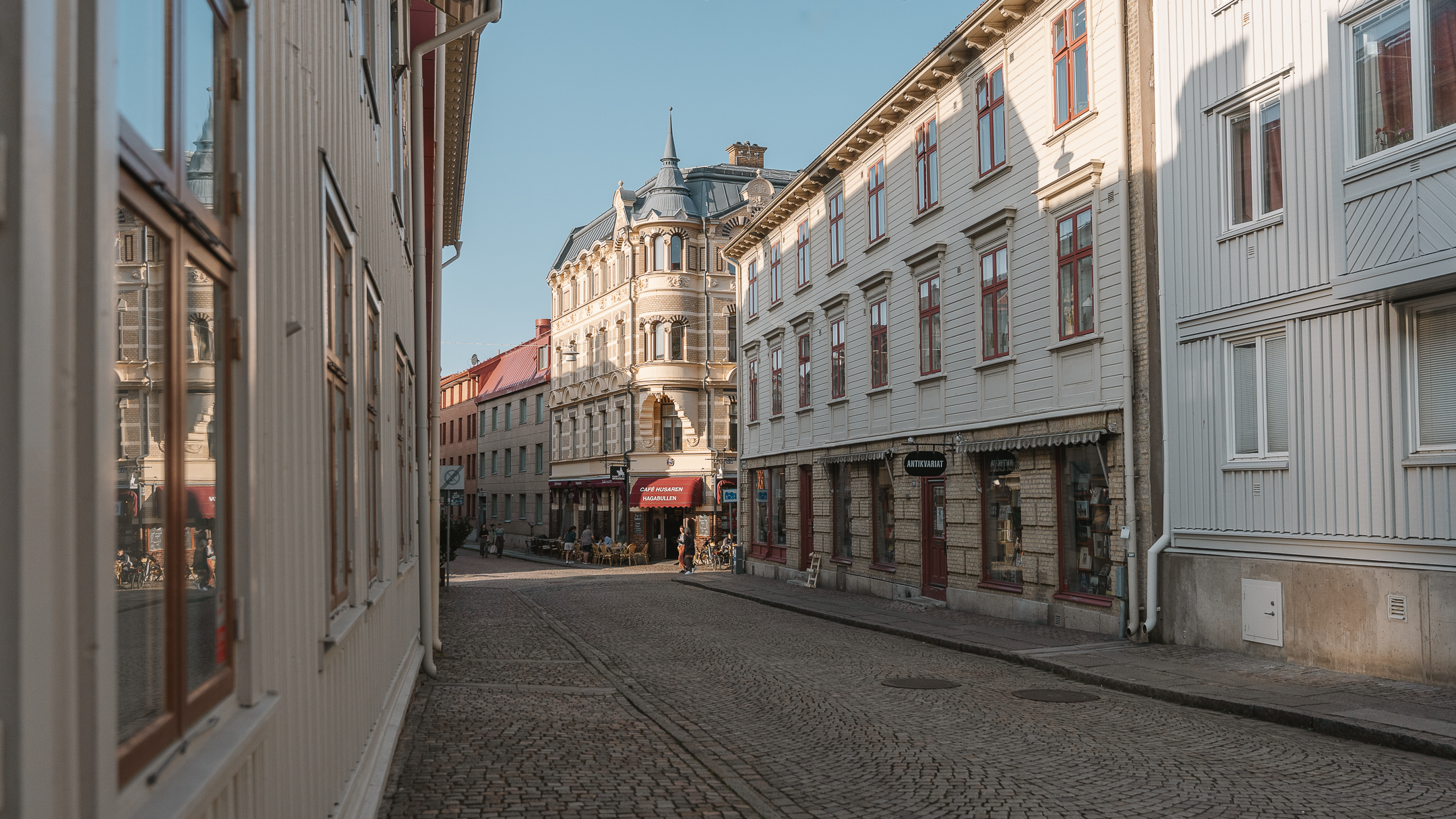
Map with best places to visit in gothenburg
The map is divided by sections with accommodations, cafes & restaurants, and must visit spots. Each pin is clickable and links to the location in Google Maps. I have added some of my favorites that you might not find anywhere else but they are so worth it. Trust me, I am a local! Happy and safe travels!

